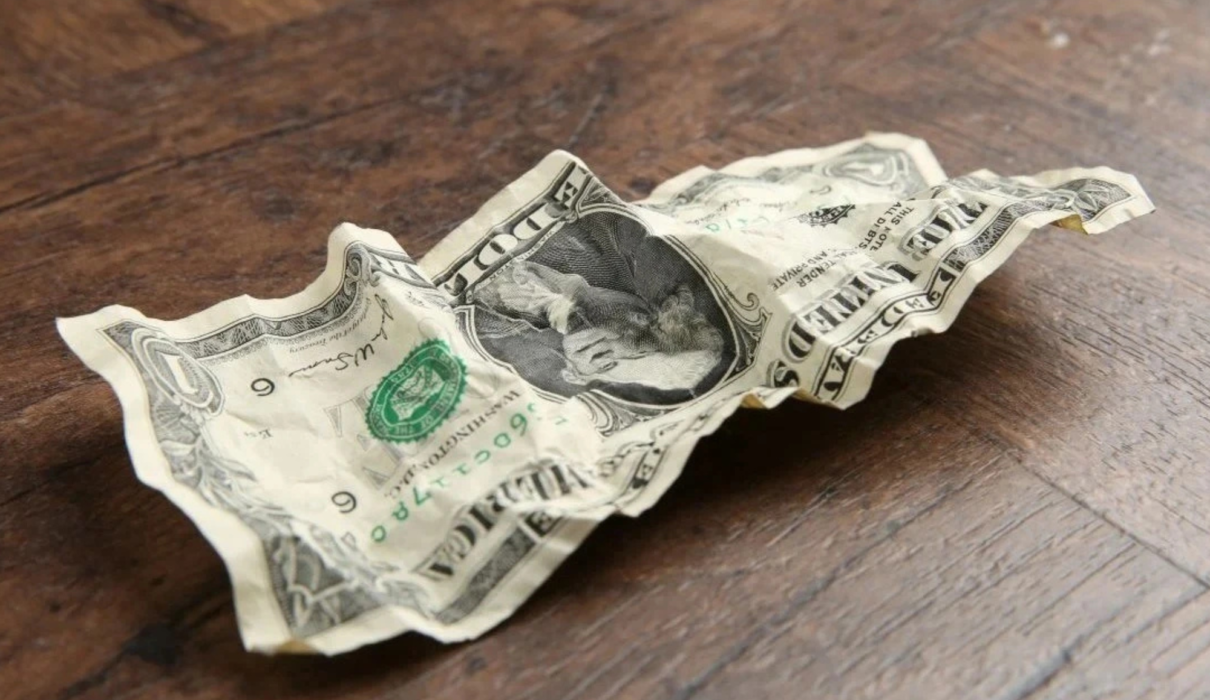Asia’s move away from the U.S. dollar is gaining structural traction as central banks, insurers, and investment funds recalibrate their holdings amid geopolitical concerns, monetary shifts, and evolving FX strategies.
ING’s FX strategist Francesco Pesole notes that “Trump’s unpredictable trade moves and the dollar’s significant decline are likely accelerating the pivot toward alternative currencies.” This sentiment aligns with the growing preference among policymakers for monetary stability amid escalating global uncertainty.
Historically, the dollar has dominated global reserves—over 70% in 2000—but by 2024 had slumped to 57.8%. The dollar index has weakened more than 8% year-to-date, especially after April’s policy-driven sell-off.
Institutions are taking action. Taiwan’s insurers and the Hong Kong Monetary Authority have begun reducing dollar exposure, while institutional investors are actively unwinding dollar-heavy positions. Bank of America notes that ASEAN is converting accumulated dollar deposits back into local currencies, and hedging strategies via local FX instruments are on the rise.
Asian FX strategist Craig Chan of Nomura highlights increased hedging by pension and life-insurance funds: hedge ratios climbed to 48% for Japanese insurers and roughly 70% for Taiwan—driving demand and appreciation for the yen, won, and Taiwan dollar.
Meanwhile, Mitul Kotecha, head of FX and EM macro strategy for Asia at Barclays, emphasizes that this trend goes beyond routine investment shifts—it’s a strategic response to the U.S. dollar being increasingly viewed as a tool for imposing sanctions and asserting leverage in trade negotiations. He stresses that regaining trust, not dethroning the greenback, is central to this shift.
Acknowledging structural limits, analysts caution that replacing the dollar entirely is unlikely given its liquidity and depth. Still, the momentum towards diversification continues. Union Bancaire Privée’s Peter Kinsella predicts gold may be the main beneficiary of long-term dollar retreat—even as over half of global trade remains dollar-invoiced.

